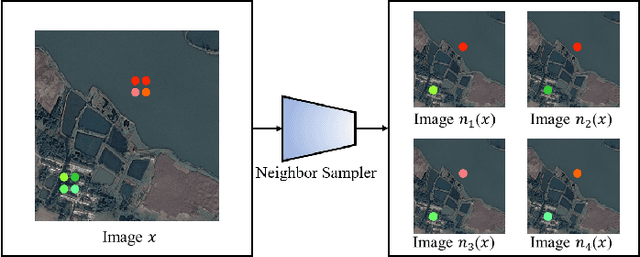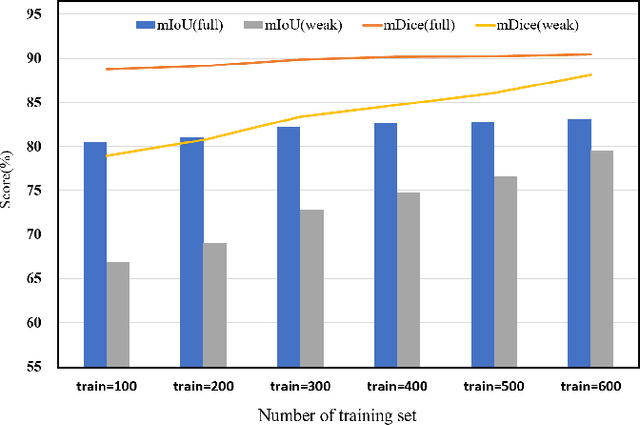Muxing Li
Membership Inference Attack Should Move On to Distributional Statistics for Distilled Generative Models
Feb 05, 2025



Abstract:Membership inference attacks (MIAs) determine whether certain data instances were used to train a model by exploiting the differences in how the model responds to seen versus unseen instances. This capability makes MIAs important in assessing privacy leakage within modern generative AI systems. However, this paper reveals an oversight in existing MIAs against \emph{distilled generative models}: attackers can no longer detect a teacher model's training instances individually when targeting the distilled student model, as the student learns from the teacher-generated data rather than its original member data, preventing direct instance-level memorization. Nevertheless, we find that student-generated samples exhibit a significantly stronger distributional alignment with teacher's member data than non-member data. This leads us to posit that MIAs \emph{on distilled generative models should shift from instance-level to distribution-level statistics}. We thereby introduce a \emph{set-based} MIA framework that measures \emph{relative} distributional discrepancies between student-generated data\emph{sets} and potential member/non-member data\emph{sets}, Empirically, distributional statistics reliably distinguish a teacher's member data from non-member data through the distilled model. Finally, we discuss scenarios in which our setup faces limitations.
NFANet: A Novel Method for Weakly Supervised Water Extraction from High-Resolution Remote Sensing Imagery
Jan 10, 2022



Abstract:The use of deep learning for water extraction requires precise pixel-level labels. However, it is very difficult to label high-resolution remote sensing images at the pixel level. Therefore, we study how to utilize point labels to extract water bodies and propose a novel method called the neighbor feature aggregation network (NFANet). Compared with pixellevel labels, point labels are much easier to obtain, but they will lose much information. In this paper, we take advantage of the similarity between the adjacent pixels of a local water-body, and propose a neighbor sampler to resample remote sensing images. Then, the sampled images are sent to the network for feature aggregation. In addition, we use an improved recursive training algorithm to further improve the extraction accuracy, making the water boundary more natural. Furthermore, our method utilizes neighboring features instead of global or local features to learn more representative features. The experimental results show that the proposed NFANet method not only outperforms other studied weakly supervised approaches, but also obtains similar results as the state-of-the-art ones.
 Add to Chrome
Add to Chrome Add to Firefox
Add to Firefox Add to Edge
Add to Edge